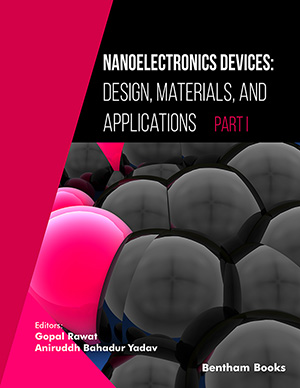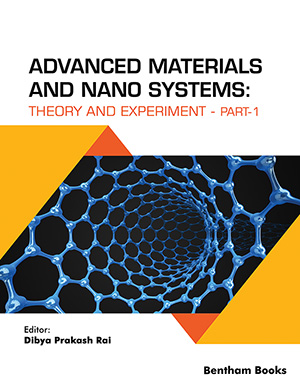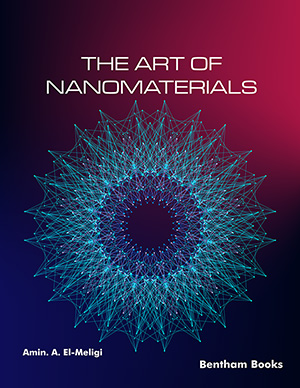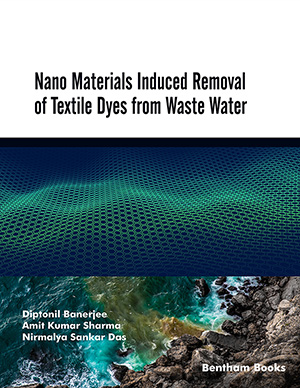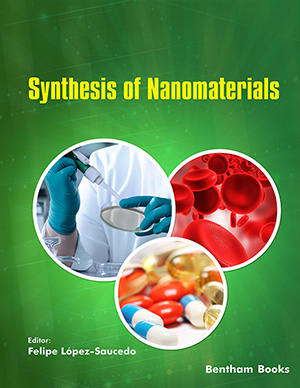Abstract
This chapter provides insights about the Perovskite type of Solar Cell
(PVSC) that can be utilized as a probable substitute for existing solar panels. Pros of
reduced lead participation in chemical structure and better end-of-life supports have
boosted research explorations. Combinatorial-based explorations in perovskites have
created a collection of various chemical designs with unique properties and improved
functionalities. Investigations in terms of catalytic nature, environment adaptability,
and spintronic properties provide vivid structural arrangements. But still, constraints
based on application-specific composition, raw material utilization, problems of
stability issues, and the reduction in lead content are the objectives yet to be achieved
at the commercial level. Interlinking of chemical structural, the nature of multiple
layers created for building the material can be improvised with nanomaterials
integration as detailed in the chapter. Comparative lab results analysis and efforts over
raised stability and reduced lead content are taken into the study to present PVSC as
upcoming commercialized products. Moreover, future scope briefs about existing
nanomaterials composites with improvised electron and hole transport layers. Also,
findings related to back electrode-based placement to achieve better efficiency and
stability are submitted to reveal suitable obtains of the experiments covered in the
study.
Keywords: Interface Recombination, Responsivity, Atomic Layer Deposition, Deposition Sequence, Chromophore, Photostability and Photocatalytic activity, Work Functions, Plasmon Resonance, slip flow, Nucleation Promoter, thickness tailoring, Quantum Confinement effect.


